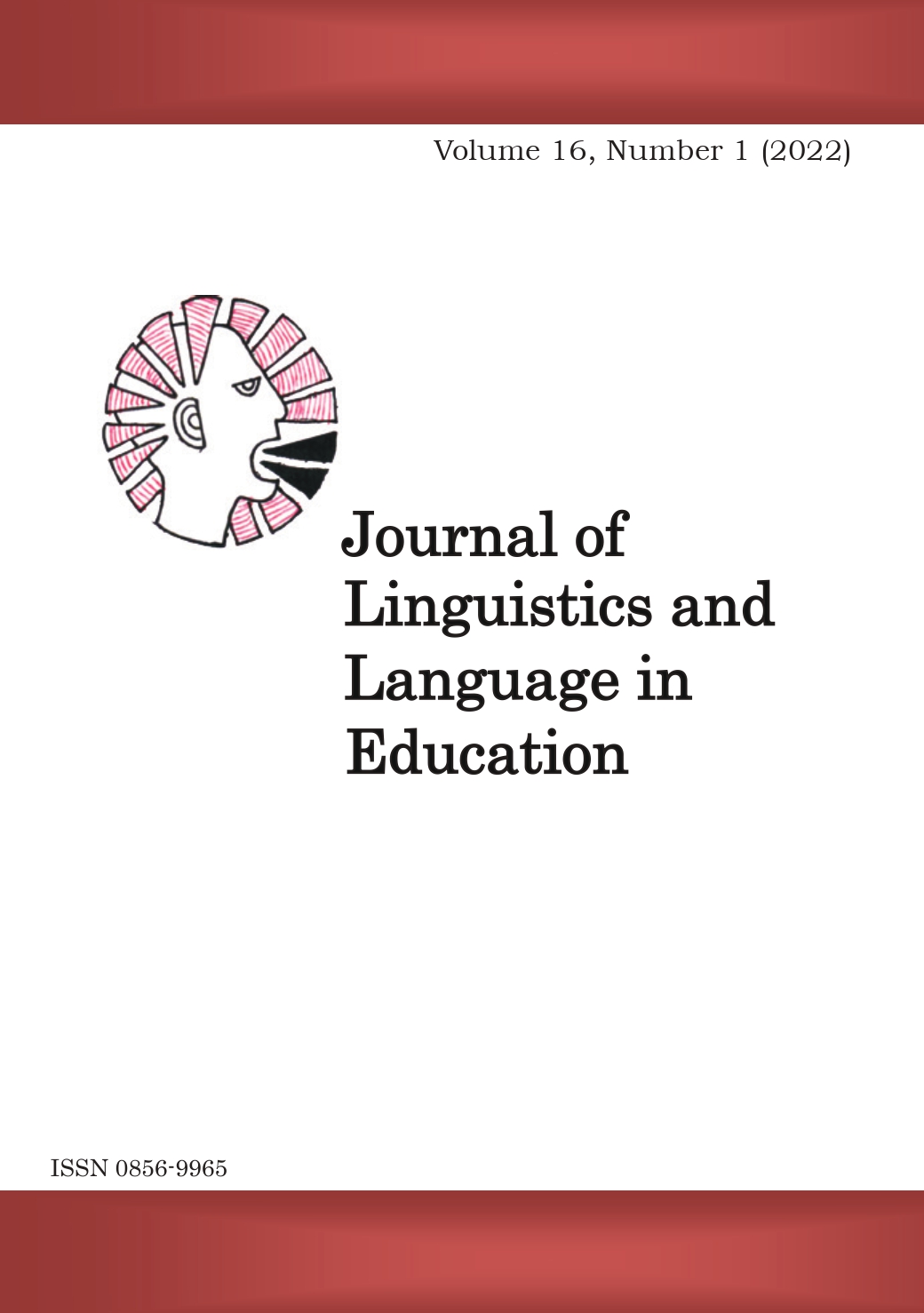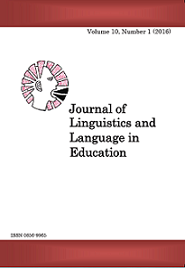Description of the Morpho-Semantic Nuances of Kɪnilyamba Verb Extensions
Abstract
This paper describes the morpho-semantic nuances of Kɪnilyamba verb extensions. The description of verb extensions continues to be a significant topic of interest in Bantu linguistics. The review of prior scholarly investigations of verb extensions reveals that some previous studies involved multiple languages, thus lacking a systematic description of the essential grammatical phenomenon specific to a particular language. The paper employed lexicalization theory (LT) to illustrate the advancement or elevation of words from a lexical to a more lexical formant or a higher lexical status. Lexicalization theory was utilized to elucidate how semantic shifts occur or how words acquire new meanings through the progression or elevation of these words from a lexical to a more lexical formant. The creation of new lexemes following the attachment of productive and unproductive verb extensions was clearly explicated by the theory, emphasizing the progression of words from a lexical to a more lexical formant or a higher lexical status. The study was carried out in Kɪsiriri, one of the four divisions of Iramba District, an area predominantly inhabited by Nilyamba speakers. Data were gathered in Kɪsiriri village, which is located in Kɪsiriri ward, through elicitation, observation, and interview. The findings indicate that Kɪnilyamba verbs morphologically allow the attachment of extension suffixes, ranging from one to two, three, or four. The greater the number of extension suffixes, the greater the extension of meaning.
Downloads
Published
Issue
Section
License
Copyright © by Department of Foreign Languages and Linguistics, University of Dar es Salaam
All rights reserved. No part of this publication may be reproduced or transmitted in any form or by any means, electronic or mechanical, including photocopying, recording, or any information storage or retrieval system, without permission in writing from the publisher, except for short extracts in fair dealing, for research or private study, critical scholarly review or discourse with an acknowledgement.



